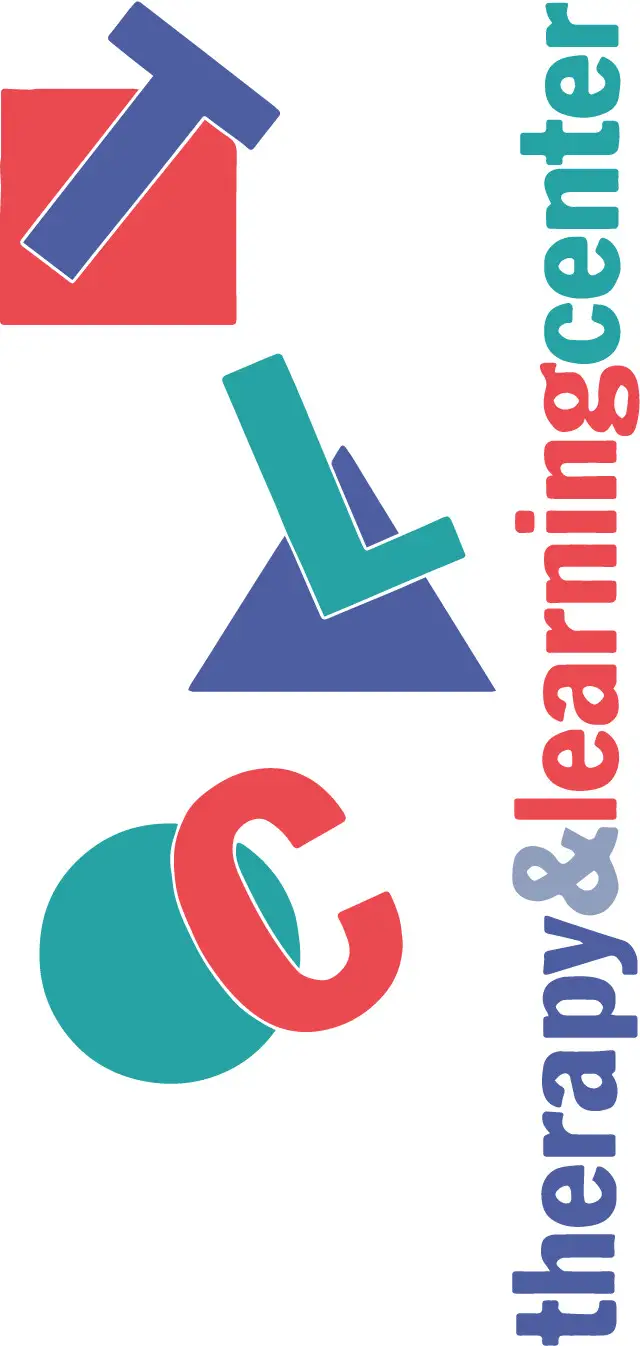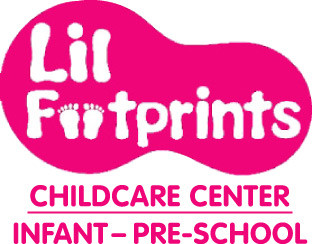Whether you're saving money to have a child, buy a house, pay for your children's college educations, or just want to stop living paycheck to paycheck, a budget is necessary to achieve these financial goals. Three experts share their tips to creating a budget that works in four easy steps.
Do you know how much, on average, you’ll spend each year on raising a child? $12,980, according to the U.S. Department of Agriculture if your child was born in 2015. That’s $233,610 over the course of your child’s underage years, ages newborn to 17. For good measure, add in another $51,000 for projected inflation.
And that’s not even taking into consideration how much you’ll need to save if you want to buy a house for your family, pay for a chunk of your children’s college educations, or contribute to your retirement. Oh, and speaking of college: Most parents in their 20s and 30s are paying off their student loans, too.
Is thinking about all of these numbers making your head spin? Before you panic, consider doing this: making a budget. It will help you “create realistic goals by understanding your spending and savings behaviors and make sure you don’t spend more than you earn,” says Keri Danielski, consumer finance expert and spokeswoman for Intuit’s money management tools Mint and Turbo.
If you’re hoping the magic fix is cutting your daily latte habit or bringing a lunch from home instead of buying a $15 salad, you’re in for a rude awakening. While those small changes will certainly help you save money (as long as you actually save it), they’re only the start. What you really need to do is step back and take in the big picture of how much you earn—and spend.
“I know a lot of people struggle with this, but it’s worth the struggle. I tell my clients all the time: This is the foundation to financial planning,” says Kristen Euretig, CFP, founder of Brooklyn Plans, a financial planning service geared toward women in their 20s to early 40s. “This is what’s coming in and going out every month, and if you can get this piece right, you can do everything else.”
Before sitting down to tackle your finances, set yourself up for success by finding a system that both you and your partner feel comfortable using. “Whether it’s tracking everything manually in a spreadsheet or using a personal finance tracker like Mint to help track in real-time, you need something that works for you,” Danielski says. “This will make budgeting easier and more enjoyable for you.”
Once you have a system figured out, creating your budget can be accomplished in four steps:
Know how much you’re bringing in.
Before you and your partner can even think about determining how much money to allocate to various expenses, you need to know your total net annual income. That’s how much you’re both taking home after taxes.
“When we go to create a budget, we automatically go to the expenses side,” Euretig says. “But that side is meaningless if you don’t have the right income number because that’s how you actually figure out if you can afford your monthly expenses. So that’s the first step.”
The easiest way to figure out your total net annual income, if you’re salaried employees, is to multiply your last paycheck amount by however many pay periods are in a year. This will be a little trickier for freelancers, Euretig notes.
Determine your current spending habits.
“People tend to underestimate what they spend and overestimate what they save,” says Daniel D’Ordine, CFP, founder of DDO Advisory Services LLC, which offers financial planning, investment management, and insurance solutions for families and business owners in New York City, the Hudson Valley, and New England. “You have to get a very good sense of what your steady spending habits are.”
Get the Best Family Activities
Sent to You Weekly!
He suggests reviewing 12 months of statements from credit cards and bank accounts to see what you actually spent in a year and on what. Categorize what you spent into fixed expenses (rent, transportation or commute, groceries, utilities, child care, etc.) and discretionary expenses (takeout, entertainment, clothes, gym memberships, vacations, birthday parties, etc.).
Then use the total amount you spent in the past year as a baseline to determine an average monthly expenditure. “It’s as simple as knowing that we spend around $8,500 a month all-in,” D’Ordine says. This will help you figure out how much of your total net monthly income you have left over to save for various goals.
Figure out your goals.
First and foremost, D’Ordine suggests bulking up your emergency fund if you don’t have one. He advises keeping approximately three months of expenses in your savings account in case something happens, like you lose your job or your partner needs to take an extended leave.
Then sit down together and write down your main goals,“and be very realistic,” Danielski says. Do some research on how much these goals will cost and how long it will take you to reach them—a down payment on a house, retirement, college for your kids, paying off debt. “Once you identify how much you need to start saving, you can figure out your budget,” Danielski adds.
Periodically check in on your budget to make sure you’re meeting your goals.
“I think that a monthly check-in provides accountability,” D’Ordine says. “So that when unexpected opportunities arise to spend money that maybe aren’t in the budget, something will go off in the individual’s brain that will say ‘well, wait a second, this is going to come back to haunt me when we check in at the end of the month.’”
“The more you’re aware of your spending and savings habits, the better you’ll be able to meet your budget goals,” adds Danielski, who suggests couples plan “money dates” out of the house to make these check-ins something to look forward to. “Weekly or bi-weekly meetings are helpful if you’re trying to cut back on spending habits,” she says. “Monthly and quarterly meetings may be a better fit if you’re checking in on the overall health of your budget and goals.”
These periodic check-ins are also a good time to take a peek at your emergency fund. “If it’s being depleted, that means you’re spending more than your average monthly amount or you’re spending more than is coming in,” D’Ordine says. You’ll want to review your discretionary expenses to see what you can trim. But, D’Ordine adds, “if that emergency buffer is creeping up, then that extra money is what you can throw into the college fund or save for a down payment.”
While all of this might seem like a massive undertaking, setting up a budget and attacking problem areas now will set you up for success down the road. “Once you’re cash-flow positive and you have more savings and you’re spending less than you earn, you can pay off debt, you can save for a home, you can save for other goals, you can invest, you can save for retirement,” Euretig says. “So it’s really crucial and it’s worth the time to get right because it sets you up for literally anything else you want to do financially.”





